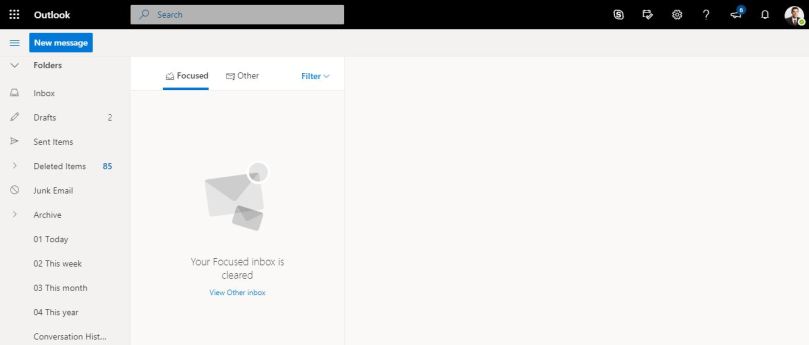This is one of the most useful productivity hacks I’ve ever seen. And what strikes me the most is that it has been around since 2007! Many great things have been around longer than we think as the famous bridge below.
How many minutes do you spend every day just reading, classifying and sending emails? Probably a lot. Having a clear strategy to deal with emails is critical as you move up the corporate ladder. Efficiency is a very useful skill to have as an engineer too.

Before
I used to classify emails by subject or project. So as months went by, I started needing more and more folders, subfloders and sub-subfolders.
Since some emails required an immediate response and others don’t, I also had to flag some of them. I had to create a double classification: one based on subject and another based on urgency.
If I received an urgent email which requires a response by the end of the week, I had to flag it and store it into the relevant folder. But borders between folders were not always clear. They tend to be blurry.
As a civil engineer, you might have a folder called ICE to save your Chartership-related emails. You might also have a Volunteering folder to save emails about events you attend as a volunteer. What if you get an email about a volunteering event organised by the ICE? Should you save it in both folders? Should you create a subfolder in you ICE folder called Volunteering? You see the issue.
Now
I got to a point were this approach was unmanageable. A friend told me about another system called Inbox Zero. It basically had one goal: keep your inbox empty at all times.
That concept sounded great but, how I do that? After reading about this system I’ve outlined some principles for you to follow. If you prefer, you can see the full version on Youtube.
- You should classify all your emails by urgency and not by subject. This means you don’t need subfolders but only folders to differentiate what needs a response today, this week or this month.
- Anything that is not actionable by you should go to Archive. If it requires an action from your side, then you should save it on a folder called Today, This week or This month according to its urgency.
- If you can reply to an email in less than 2 minutes you should do it. If not, you should decide where to save it: today, this week, this month or archive.
- Every email you can delete, you should delete it. It’s unbelievable the amount of irrelevant emails you get per week. Don’t archive them if you can delete them.
- Your subject line is everything. The more descriptive and specific your subject line is, the easier it will be to find emails later.

Critics could say: “OK, but what if you want to find an old email related to a specific project? You have to go to Archive and dive into thousands of emails.” True. But this is why the subject line on your emails should be the most important thing. Because this will be what you’ll use as search terms in the future. Plus, unless you have less than 10 emails per folder, you’ll have to use the search function anyway. As long as your subject line is descriptive enough, there’s no difference between searching amongst 1000 or 10000 emails.
Inbox zero might not be perfect but it’s definitely the best email management strategy I’ve found. Give it a try and let me know your thoughts.

